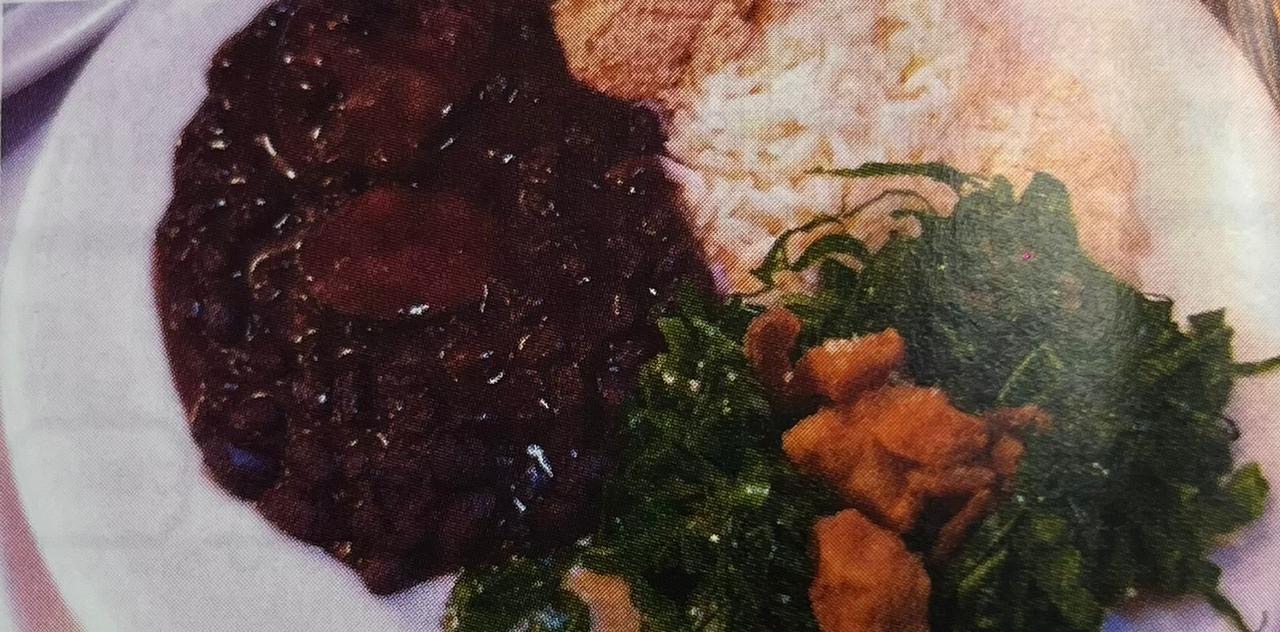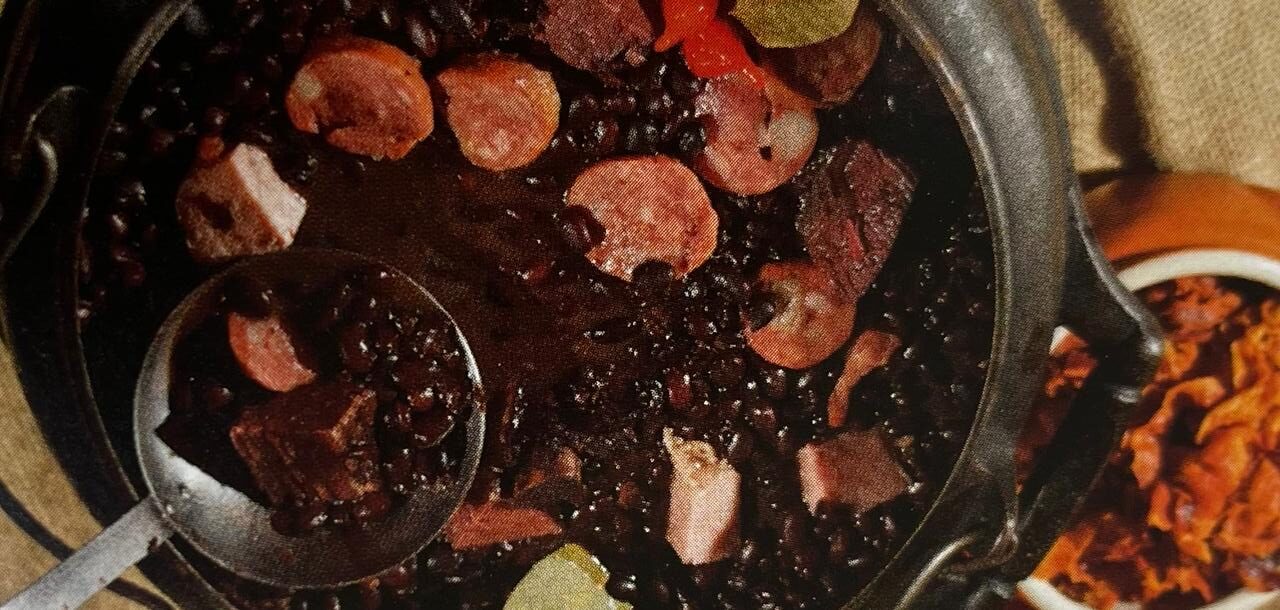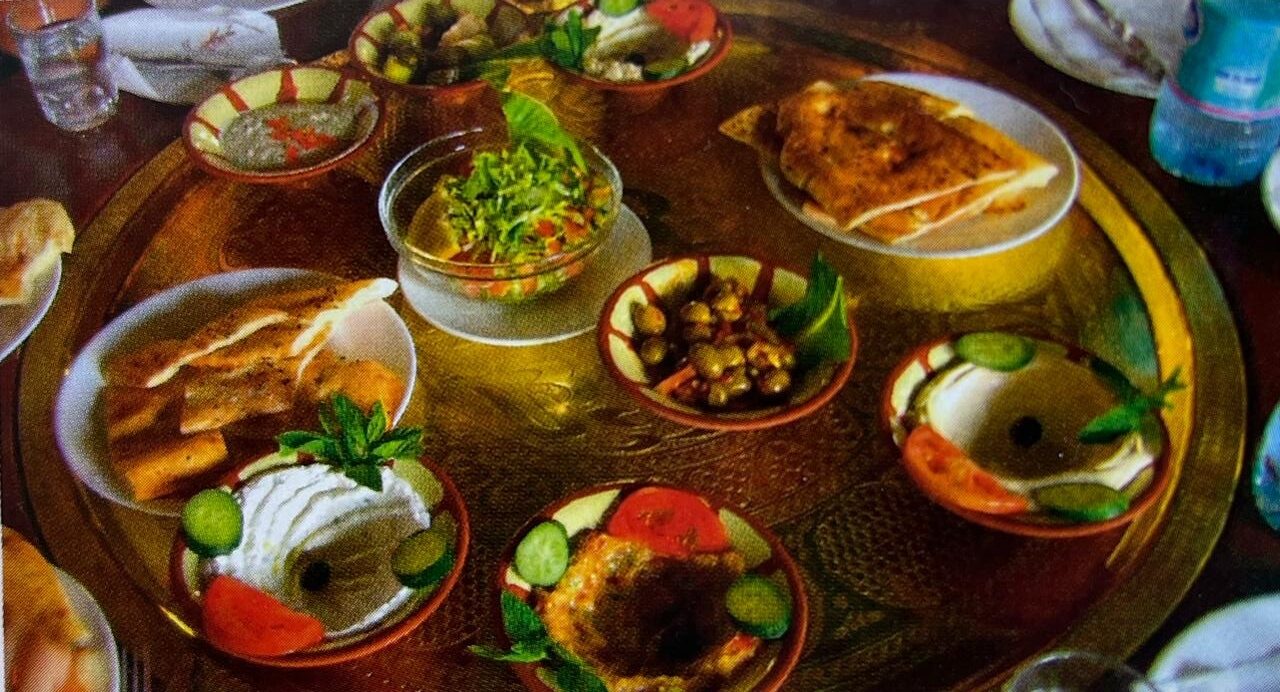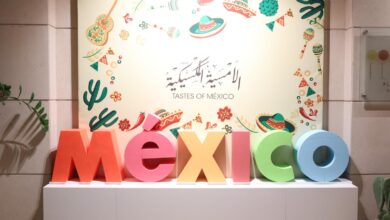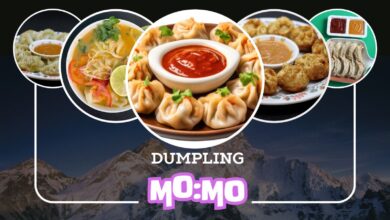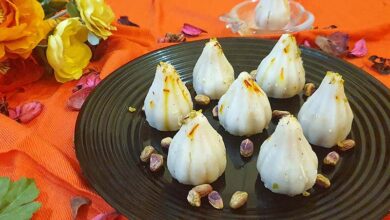Food journeys of a life time: Brazil & Jordan
Extraordinary places to eat around the globe
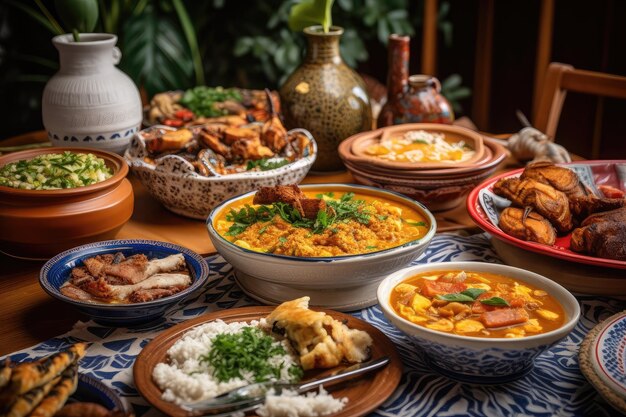
Eating is part of what makes travel so exhilarating. When one thinks of a place, one of the memorable experiences recalled is either because of the food eaten or the people one has shared it with.
A meal abroad is more than an intake of calories, it is an exercise in cultural immersion. What people eat, when they eat, where and how they source their food, what gastronomic rituals they observe – all offer telling insights into a place and its people. Celebrating a unique relationship between food and travel, between place and plate, this endlessly fascinating adventure will be regularly featured in our pages.
Brazil
Feijoada in Rio De Janeiro
Brazil’s national dish is made in homes and restaurants throughout the country using 1001 different, hotly debated, traditional recipes. It is served in restaurants only on Saturday and holidays, at noon, as o prato do dia (the special of the day), so seeking out the famed feijoada offers the food-loving traveler the opportunity for some real Rio exploration.
Feijoada consists of a thick broth produced by slowly cooking black beans and meat together, ideally over a wood fire or in a brick oven. The cuts of meat vary, but traditional feijoada is made from sausage, dried beef, and some feijoada chefs. particularly at upscale restaurants, add more succulent cuts of meat, while a few restaurants have also created a vegetarian version.
The dish is served with white rice farofa (fried manioc flour), couve (finely cut, fried collard greens), and orange slices. The ideal accompaniment is a cold light beer or a caiparinha-a traditional drink made with cachaca (distilled sugarcane juice) and lime over ice. On public holidays feijoada is everywhere, from Ipanema’s five- star restaurants to makeshift firepits in the hillside favelas.
Colombo, an establishment famous for its spectacular Art-Nouveau décor, offers one of the best visits Casa da Feijoada in Rio’s southerly Ipanema district, which serves several variants of the dish seven days a week.
When to go: Rio is warm in winter-July, August, and September-with highs of 24C, and hotter in summer, with temperatures around 40C. High season starts the week before Christmas and ends after Carnival in February-March. This is the busiest-but most exciting- time to visit.
Planning: Accommodations for Carnival and New Year’s Eve should be arranged a year or more in advance. At those times excellent feijoada is served in numerous locations, including street parties and rodas de samba, the gatherings of music and dance offered by the samba schools.
Website: www.travel.aol.com, www.ipanema.com
Creation myths: Popular myth holds that feijoada was created by Brazil’s African slaves, who used discarded beef trimmings to flavor their bean and manioc rations. However, bean and meat-based stews were-and still are-a common dish in Portugal, and some historians think the dish was introduced to Brazil by the early Portuguese settlers.
Whatever its origin, the indigenous contributions to the dish are unmistakable: The manioc flour used in making farofa- which is essential to any authentic feijoada – has always been a staple part of the diet of Brazilian Indians.
Like many of the world’s great dishes, feijoada probably evolved out of a variety of ingredients and preparation techniques from many cultures.
Jordan

Petra Kitchen
The ancient hidden city of Petra delights the eyes by day, and by night a little gem of a restaurant delight the taste buds.
After a day exploring the ruins of Petra in southern Jordan, further exertion is the last thing you are likely to want when youget back to the modern town of Wadi Musa. Even so, it is worth stirring again to visit Petra Kitchen, a small backstreet restaurant where smiling women from a local cooperative work under the supervision of a professional chef.
Here, they introduce local dishes and invite you to partake in the preparation before sitting down to enjoy your meal. The fare you help cook reflects Jordan’s history-mainly Arab in style but with hints of the country’s past as a Middle East crossroads, which has seen many a foreign army come and go. It also has the merit of being both nutritious and simple to make.
Lamb and Chicken feature strongly, as well as salads composed of grains and pulses. Gathered in Petra Kitchen’s single, open, green-tiled room, lined with kitchen equipments, you stand at wooden tables, chopping parsley and tomatoes for mixing with bulgar wheat, herbs, and lemon juice in a tabbouleh salad. Or you stir the national, dish, mansaf-lamb cooked until tender and served on a bed of rice and almonds.
All is relaxed, informal, and non-technical, and there is pleasure in the companionship of other visitors involved in the common enterprise. Even small children are invited to join in, filling pastry with cheese, then folding them into parcels for baking.
When to Go: Summers in Jordan are furnace-like and winters are very cold, so the best time to visit Petra is during the springor fall.
Planning: Book your evening at Petra Kitchen in advance if possible or as soon as you arrive in Wadi Musa. There may be fewer customers on the nights when Petra by Night operates, which offers candlelit access to the ruins, starting at 8.30 pm. Petra Kitchen also offers courses over five evenings, giving a fuller introduction to Middle Eastern cookery and shopping trips to local markets with chef.
Website: www.pays-de-bergerac.com, www.viamichelin.com
Relive the experience
- Written recipes are provided for all the main-course dishes, along with the small appetizers or side dishes known as meze. You will be able to recreate them in your own Kitchen as a reminder of your Jordan visit.
- Many of the dishes are of Bedouin origin. Try them as they were conceived to be eaten: outside a tent, in front of a campfire, and under the stars. You can experience this at the AmmarinBedouin Camp, just outside Little Petra, a short drive from Wadi Musa.
- After sampling hummus in Jordan, you will never eat the shop-bought variety again. Made from mashed chickpeas, sesame-seed paste, garlic, olive oil, and lemon juice, hummus ispresent at almost every meal.






